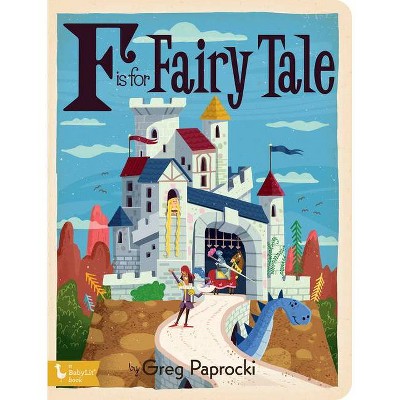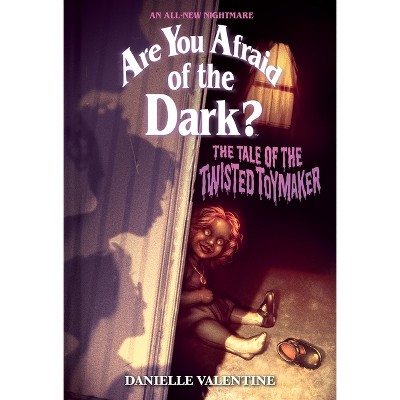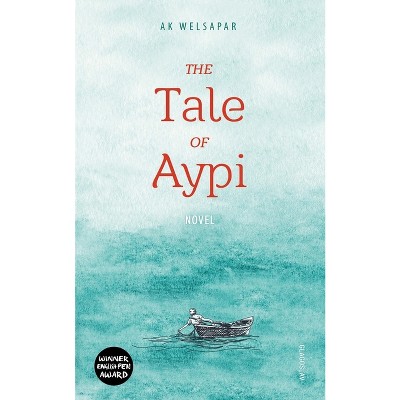A Tale of Two Viruses - by Neeraja Sankaran (Hardcover)

$54.99 sale price when purchased online
$60.00 list price
Target Online store #3991
About this item
Highlights
- In 1965, French microbiologist André Lwoff was awarded the Nobel Prize in Physiology or Medicine for his work on lysogeny--one of the two types of viral life cycles--which resolved a contentious debate among scientists about the nature of viruses.
- About the Author: Neeraja Sankaran is a historian of science and medicine with a primary focus in the recent and near-contemporary history of biomedical sciences.
- 312 Pages
- Science, History
Description
About the Book
The First Study of Medical Virology to Compare the History of Bacteriophages and Sarcoma Agents, Two Distinct but Equally Important Groups of VirusesBook Synopsis
In 1965, French microbiologist André Lwoff was awarded the Nobel Prize in Physiology or Medicine for his work on lysogeny--one of the two types of viral life cycles--which resolved a contentious debate among scientists about the nature of viruses. A Tale of Two Viruses is the first study of medical virology to compare the history of two groups of medically important viruses--bacteriophages, which infect bacteria, and sarcoma agents, which cause cancer--and the importance of Lwoff's discovery to our modern understanding of what a virus is. Although these two groups of viruses may at first glance appear to have little in common, they share uniquely parallel histories. The lysogenic cycle, unlike the lytic, enables viruses to replicate in the host cell without destroying it and to remain dormant in a cell's genetic material indefinitely, or until induced by UV radiation. But until Lwoff's discovery of the mechanism of lysogeny, microbiologist Félix d'Herelle and pathologist Peyton Rous, who themselves first discovered and argued for the viral identity of bacteriophages and certain types of cancer, respectively, faced opposition from contemporary researchers who would not accept their findings. By following the research trajectories of the two virus groups, Sankaran takes a novel approach to the history of the development of the field of medical virology, considering both the flux in scientific concepts over time and the broader scientific landscapes or styles that shaped those ideas and practices.Review Quotes
A Tale of Two Viruses is a well-researched exploration of foundational ideas and experimental findings in the first half of the twentieth century. It also has an extensive bibliography, which is an additional, useful resource for those engaging with the historical analysis of developments in virology.-- "Journal of the History of Biology"
A Tale of Two Viruses is an ideal introduction for the reader interested in understanding the early 20th-century problems and progress in virology. This narrative is well written, providing biologists and budding virologists a gateway to understand the early and fascinating approaches used to study these (then) invisible agents of disease . . . a first-rate précis of the field.-- "Federation of American Societies of Experimental Biology Journal"
A Tale of Two Viruses offers a lively comparative account of research on bacterial viruses and on Rous sarcoma virus. Neeraja Sankaran's dual portrait both corrects existing biases about the history of bacteriophage and shows how studies of phage were connected to research on other viruses, including in the contested field of cancer research, and long before molecular biologists themselves turned to tumor viruses after the late 1950s. Original and illuminating.--Angela N. H. Creager, Princeton University
Inspired in its title by Dickens' moving A Tale of Two Cities and in its subtitle by Plutarch's classic (Parallel) Lives of Noble Grecians and Romans, A Tale of Two Viruses is a clever attempt to approach the history of viruses in a more interesting way than that presumably afforded by focusing on a single virus, virologist, or viral disease, as other books often do. Indeed, this dual, inevitably comparative and timely history of two viruses--a tumour virus and a bacterial virus or phage--greatly enriches our understanding of viruses as model organisms, which are uniquely positioned to illuminate the long intriguing boundaries between living and non-living, health and disease or benign and malignant tumours.-- "Medical History"
Neeraja Sankaran has written a splendid book for those interested in the history of virology. Her careful comparison of early work on bacterial viruses and cancer viruses illuminates two important and intertwined strands of twentieth-century biological research. A Tale of Two Viruses will appeal not only to historians and sociologists of science but also to those working in the biomedical sciences.--Gregory J. Morgan, Stevens Institute of Technology
Sankaran has written a meticulous and fascinating book that offers new insight into twentieth-century discoveries about two seemingly distinct groups of viruses, ultimately revealing how we arrived at the present-day concept of the virus. As a tumor virologist, I gained much from her comparative approach, which is illuminating and novel to historical writing on virology.--Robin Weiss, University College London
Sankaran masterfully transcribes her infectious enthusiasm for her subject, underpinned by a thorough mastery of archival material as well as a great respect for the available historiography. . . . A Tale of Two Viruses provides an excellent illustration of the narrative possibilities of Plutarchian parallel case studies. It will, hopefully, encourage similar explorations across the history of biology and the history of science and technology more widely.-- "Metascience"
Sankaran's book illuminates pioneering discoveries of viruses, genes, and the nature of cancer, from the perspective of both the volatile and dogged researchers. A Tale of Two Viruses will delight biologists, sociologists, historians, and all others who wonder how scientific progress is made.-- "Historical Records of Australian Science"
Sankaran's new book is an important contribution to the history of biomedical research and the culmination of her long-standing study of virology and its past practitioners. Scholars familiar with her intellectual journey will find in this book a masterful synthesis of her academic work . . . a rich historical account that lets us appreciate multiple hitherto underappreciated dimensions in virology.-- "Isis"
About the Author
Neeraja Sankaran is a historian of science and medicine with a primary focus in the recent and near-contemporary history of biomedical sciences. An independent scholar, she has held positions at universities in different parts of the world, including the United States, Egypt, South Korea, India, the United Kingdom, and the Netherlands.Dimensions (Overall): 9.1 Inches (H) x 5.9 Inches (W) x 1.2 Inches (D)
Weight: 1.35 Pounds
Suggested Age: 22 Years and Up
Number of Pages: 312
Genre: Science
Sub-Genre: History
Publisher: University of Pittsburgh Press
Format: Hardcover
Author: Neeraja Sankaran
Language: English
Street Date: March 9, 2021
TCIN: 1001416860
UPC: 9780822946304
Item Number (DPCI): 247-11-9603
Origin: Made in the USA or Imported
Shipping details
Estimated ship dimensions: 1.2 inches length x 5.9 inches width x 9.1 inches height
Estimated ship weight: 1.35 pounds
We regret that this item cannot be shipped to PO Boxes.
This item cannot be shipped to the following locations: American Samoa (see also separate entry under AS), Guam (see also separate entry under GU), Northern Mariana Islands, Puerto Rico (see also separate entry under PR), United States Minor Outlying Islands, Virgin Islands, U.S., APO/FPO
Return details
This item can be returned to any Target store or Target.com.
This item must be returned within 90 days of the date it was purchased in store, shipped, delivered by a Shipt shopper, or made ready for pickup.
See the return policy for complete information.











